PPP framework gets tidy-up
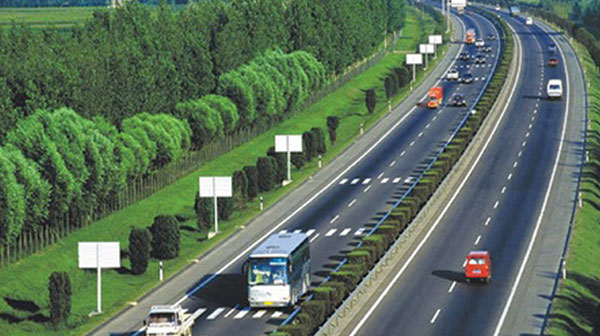
Contradictory laws have left potential infrastructure investors bemusedPhoto: Le Toan
The documents include Decision 71/2010/QD-TTg guiding the implementation of pilot public-private partnership (PPP) projects, and Decree 108/2006/ND-CP guiding the implementation of infrastructure projects under build-operate-transfer (BOT), build-transfer-operate (BTO) and build-transfer (BT) contracts.
The Ministry of Planning and Investment (MPI) admitted the existence of two legal documents had confused investors.
“Given the shortcomings in these documents, they need compiling, not only to remove the inconsistencies but to also ensure that a more comprehensive and effective policy for PPP model is put into place,” an MPI report claimed.
The ministry added the revision was also necessary due to the ADB’s requirement for state financial support that would be used to prepare PPP projects in Vietnam.
According to the MPI, although Decree 108 set an important milestone to promote private investment in the infrastructure sector, especially regarding roads and power projects, it still contains unclear regulations on the selection process for investors and how money would be raised to fund such projects.
Meanwhile, Decision 71 which was issued in 2010 failed to attract private investors to PPP infrastructure projects because it did not clearly regulate the role of the state in guaranteeing the financial risks alongside the private investors.
In the new draft decree based on the combination of Decision 71 and Decree 108, the MPI provides a new definition of PPP projects, in which a PPP project is an investment model implemented through a contract between a state authority and private investors to invest in infrastructure or public projects.
Apart from contract forms of BOT, BTO and BT, PPP will include forms of build-own-operate, design-build-finance-maintain-operate-transfer, build-finance-operate-maintain, and operate-maintain models.
“The new definition of PPP indicates this is a comprehensive policy, which will hopefully encourage private investors into infrastructure sector," the MPI stated in the document.
To make PPP models more attractive to private investors, the MPI also proposed that the government increase the state's cap on financial contributions to PPP projects to 50 per cent of the total investment, instead of a previous 30 per cent regulated in Decision 71.
However, the disbursement of state contributions could only be implemented after half of the total investment cost of the project was disbursed, according to the MPI.
“This regulation aims to ensure private investors behave responsibly, and it reflects that the state contribution is just aimed at enhancing the project’s feasibility,” the MPI explains.
The MPI estimates that from now until 2020, Vietnam will need around $170 billion to develop its infrastructure, including transport systems, bridges, power plants, water supply networks and waste treatment plants and ports. Meanwhile, traditional capital sources such as the state budget, government bonds and official development assistance from international donors would only satisfy half the demand. This means that more than 50 per cent of investment must be raised from domestic and foreign investors. The Vietnamese government hopes to attract more private investments via PPP projects.
What the stars mean:
★ Poor ★ ★ Promising ★★★ Good ★★★★ Very good ★★★★★ Exceptional
Latest News
More News
- Russia’s Pskov oblast always welcomes Vietnamese investors (August 30, 2024 | 10:46)
- 500kV circuit 3 transmission line inaugurated on August 29 (August 29, 2024 | 11:59)
- Ba Ria-Vung Tau’s BR-VT Smart app makes breakthrough in digital transformation (August 29, 2024 | 10:00)
- Hung Yen bags upbeat outcomes in socioeconomic development (August 28, 2024 | 19:00)
- FDI attraction to Vietnam: the myths versus the reality (August 28, 2024 | 18:00)
- Asia Pacific manufacturers prioritise digital transformation; struggle with innovation pace (August 28, 2024 | 12:41)
- Private airport investment solutions still out of reach (August 28, 2024 | 09:50)
- Private investment in railway industry yet to shine (August 28, 2024 | 09:00)
- Chinese ceramic group Hualian eyes a $200 million investment in Thai Binh (August 27, 2024 | 17:37)
- Barriers must be removed for vital transport infrastructure (August 27, 2024 | 17:09)

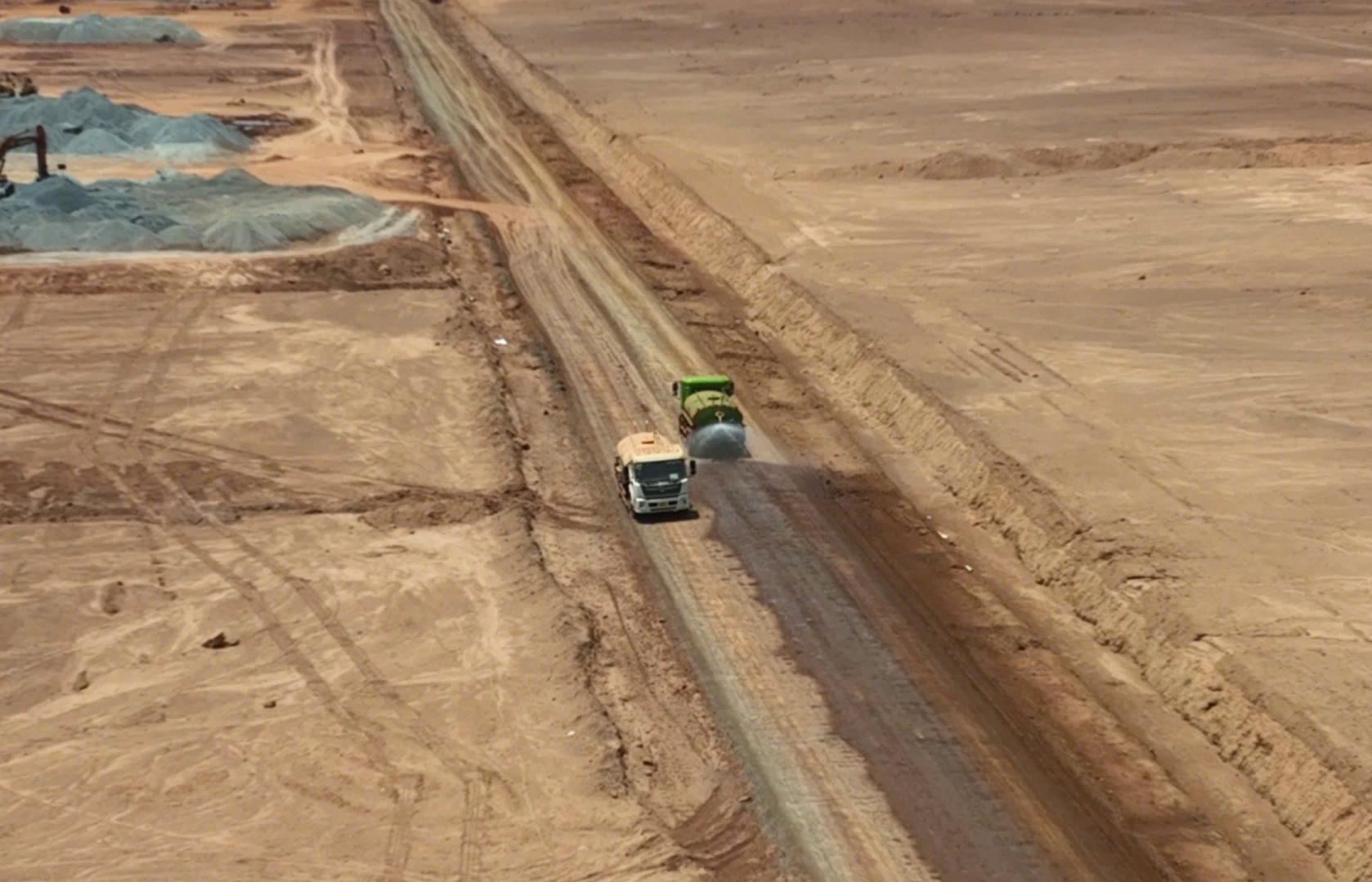
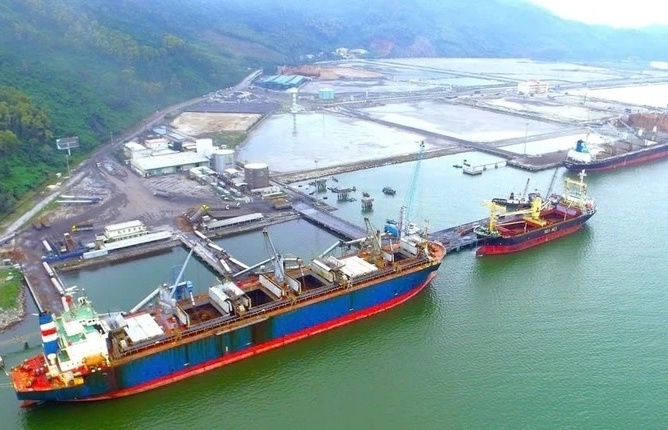
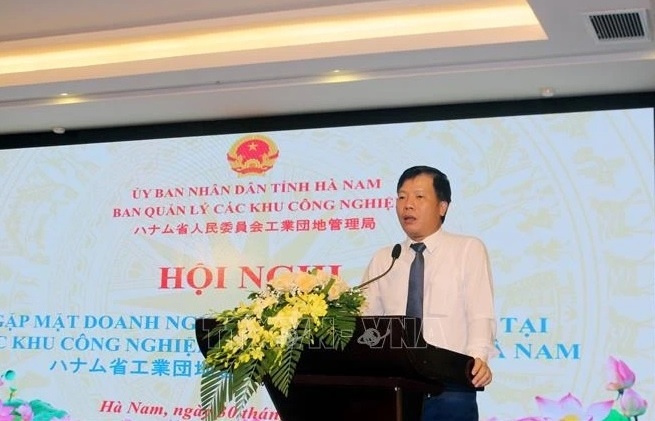

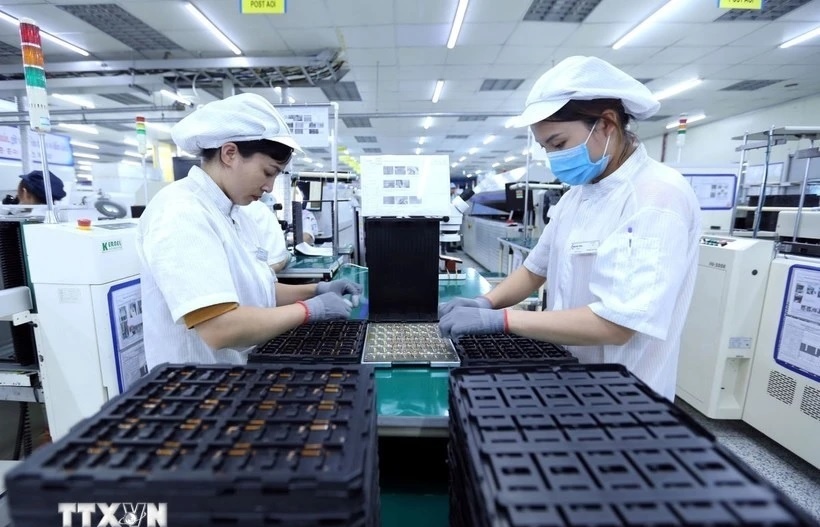





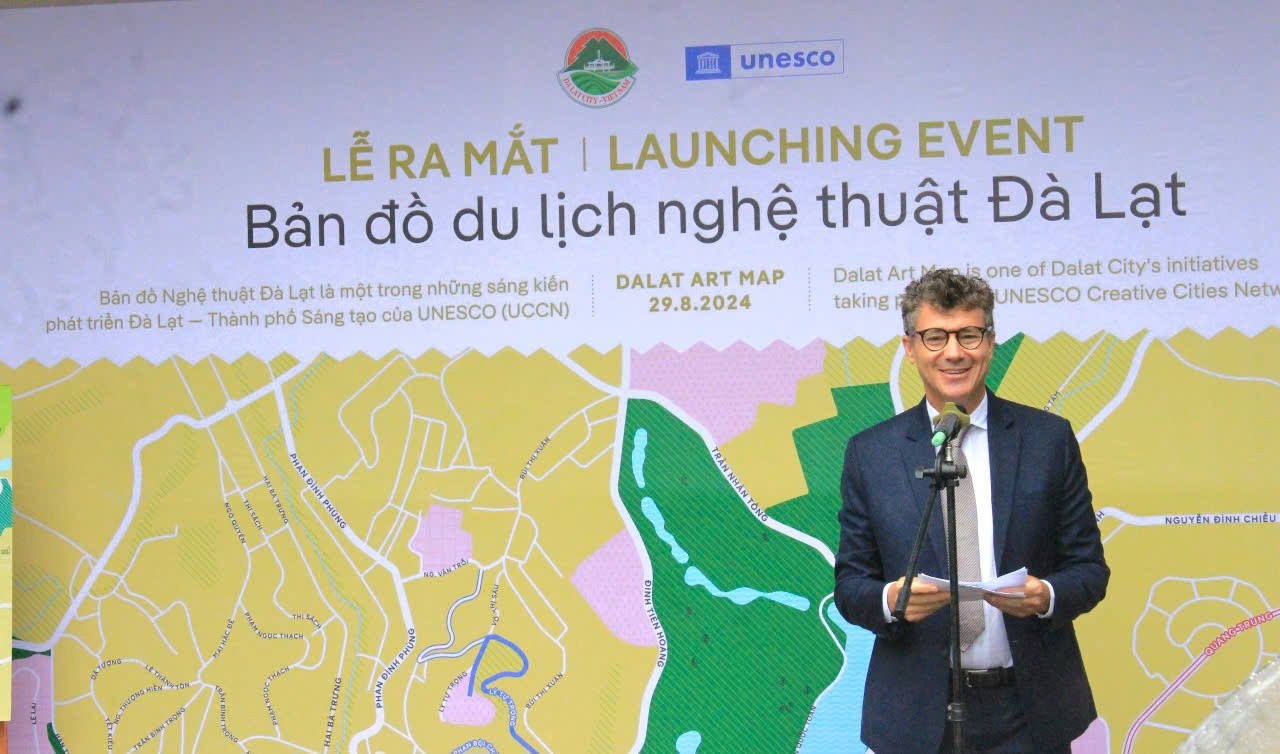
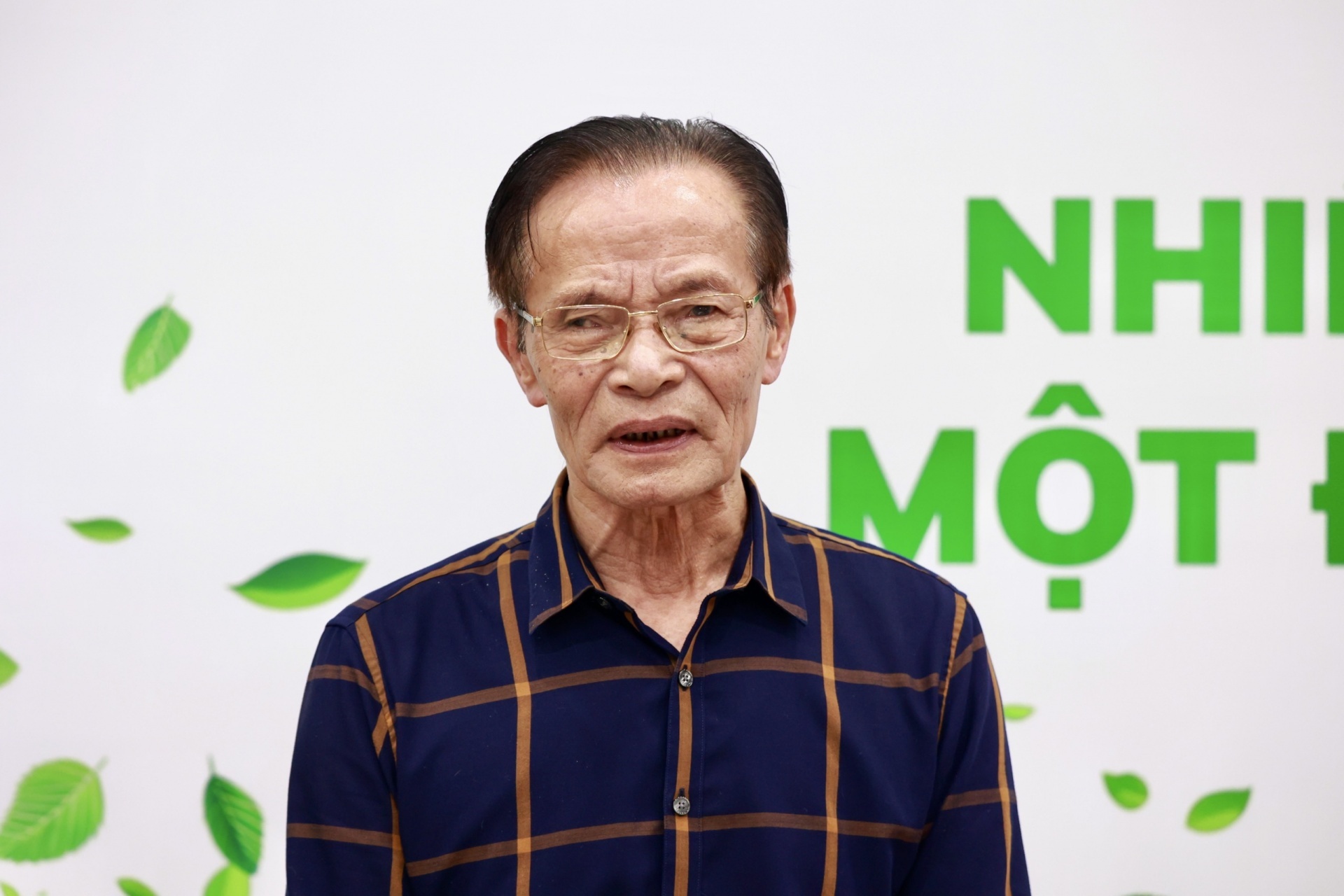
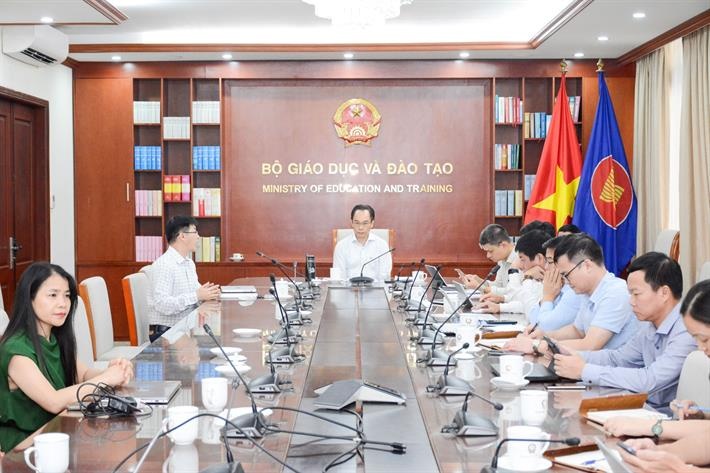
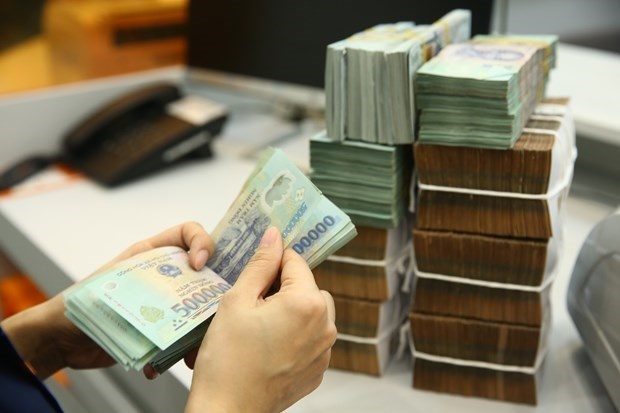



 Mobile Version
Mobile Version